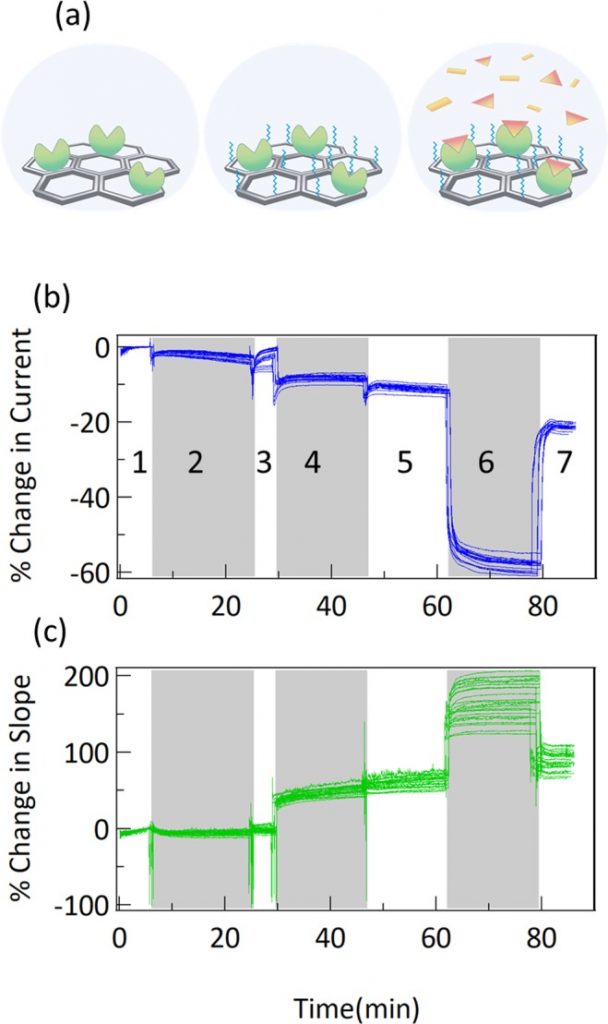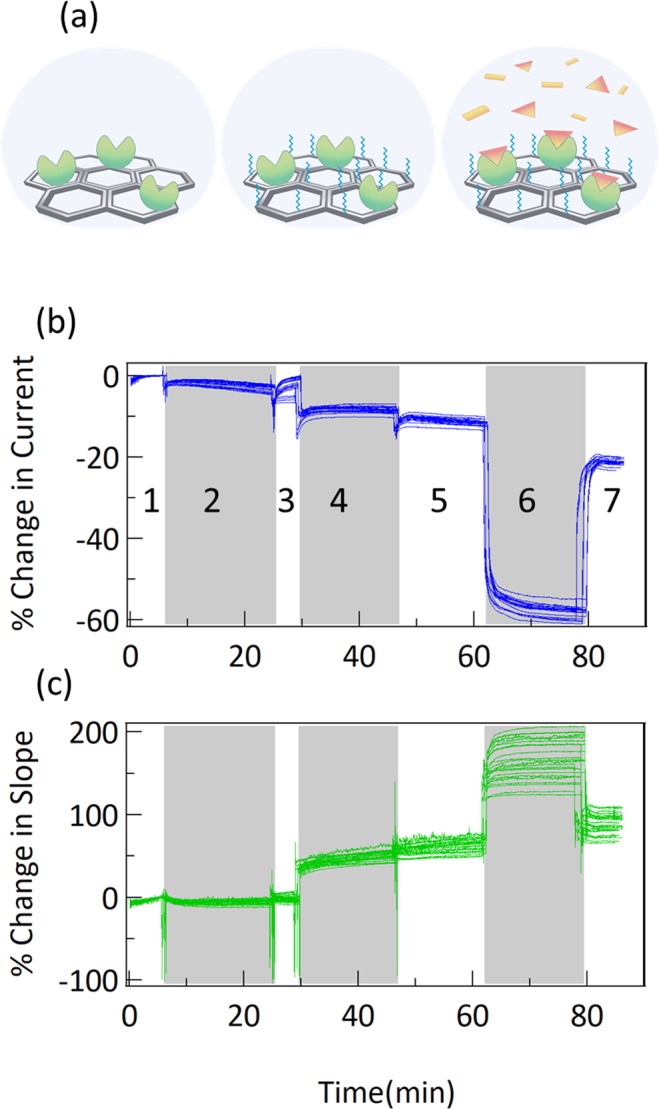The cost of treating cancer patients is high and rising in the United States. Payers are exposed to cost through doctor visits, laboratory tests, imaging tests, radiation treatment, drugs, hospital stays, surgery, home care, transportation and travel, and caregiving.
This study focuses on the cost of medication from the viewpoint of U.S. payers. Although new tools for managing these costs have been gaining attention, prices continue to rise, and challenges to managing costs remain high. Innovative tools are necessary for controlling the cost of care in oncology, but their effectiveness is still unclear.
To (a) gauge payer perceptions of current and future cost management of innovative oncology drugs and (b) predict which management tools will increase in prevalence by 2020-2022.A literature search of cost and management of oncology created the foundation for developing a survey for U.S. payers. The mobile survey was completed on devices such as smart phones or tablets.

Payers were asked about general oncology product management, use of specific management tools today, management challenges, and expected use of specific management tools in 2020-2022. Management tools were segmented into traditional (used across many therapeutic categories), oncology-specific (used in oncology but not routinely used in other disease areas), and systemic (not product-specific but that affect the way services are provided and funded).
Specific questions for managing the cost of care in non-small cell lung cancer (NSCLC) and chronic lymphocytic leukemia (CLL) were included in the survey. NSCLC and CLL were chosen because of their diverse clinical characteristics and the level of innovation in these disease areas.
The survey was fielded from May 31, 2017, to June 15, 2017. Results consisted of simple descriptive statistical analysis weighted by the payer’s reported organizational covered lives.Payers were concerned with the high cost and budget impact of oncology drugs and considered these a high priority for management.
However, they continue to use traditional management tools such as manage to FDA label, quantity limits, step edits, and reauthorizations, which are ineffective in controlling cost.
More innovative management tools such as pathways of care are available but are not yet widely adopted. Payers hope to better control oncology cost in the future; however, specific questions pertaining to the management of NSCLC and CLL indicate that minimal changes in cost management will occur by 2020-2022.Despite an increasing number of innovative cost management tools, challenges remain for managing oncology medication costs.
New incentives are being generated, but barriers to their implementation will continue to restrict use through 2020-2022.No outside funding supported this study. The authors are employed by MKO Global Partners, which is a consulting firm that focuses on payer strategy and market access in the pharmaceutical and biotech markets. Some initial results from this research were published as part of a comparative poster at ISPOR European Conference; November 4-8, 2017; Glasgow, Scotland, UK.

